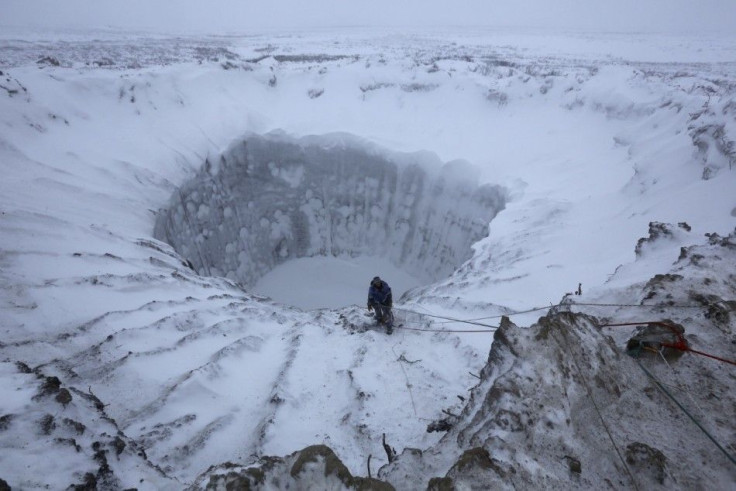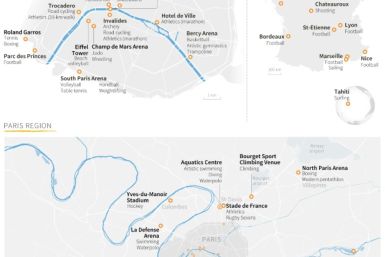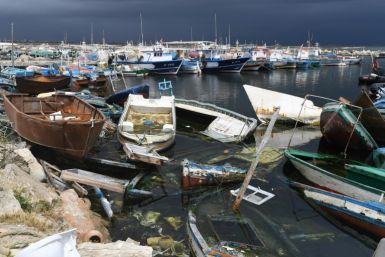Plane Freezes in Russian Arctic, Passengers Push (WATCH VIDEO)

At least 70 oil workers in Siberia are now being investigated by Russian authorities after a video posted on YouTube showed them flexing muscle and pushing a Siberian airliner after its chassis got frozen and stuck in biting minus 52 degrees Celsius temperatures.
When the group decided to do it, all they had in mind was home. "Everyone wants to go home...let's go," the AFP quoted one of the passengers in thick winter. The aircraft was a Tupolev Tu-134 plane chartered for Arctic workers flying south to warmer climes.
When the passengers, already on board, learned of the predicament, they told the seven-member crew and technical staff they will help move the frozen carrier. A spokeswoman for the UTair company told TASS the passengers, heading to Krasnoyarsk from the Arctic town of Ingarka, disembarked to lighten the weight, and then they volunteered to move it.
It was learned the carrier had spent more than 24 hours on the tarmac. That the plane's wheels froze was therefore somehow expected. The spokeswoman said the plane's brake system wasn't harmed.
RT News reported the passengers didn't see their actions as remarkable. They stressed they did what they did because "there was no other way for the plane to take off."
However, heroic or not, the passengers' decision to help give the aircraft a push "is not permitted as this can damage the aircraft skin," Oxana Gorbunova, a senior aide at the Western Siberia state transport prosecutor's office, tells RIA Novosti. Russian prosecutors have started an investigation if any health and air safety rules were violated by the airport, the airline, the crew or the passengers. If for any consolation, the Katekavia airline flight later took off and landed safely in Krasnoyarsk. Vladimir Artemenko, technical director of Krasnoyarsk-based Katekavia, did admit however to Rossiyskaya Gazeta newspaper that the pilots "forgot to take off the parking brake that caused the brake pads to freeze up" from the 30 ton Tupolev Tu-134.
The original video posted on YouTube had been deleted a few hours after being uploaded. But copies of the raw footage have been made and are now spread on the site. Social media news agency Storyful identified the original uploader as Vladimir Ulyanov. Based on his social media profile, he is an employee of Russian oil company Rosneft and a resident of the Siberian city of Tomsk.
View the video below:
YouTube/ Siberian Times






